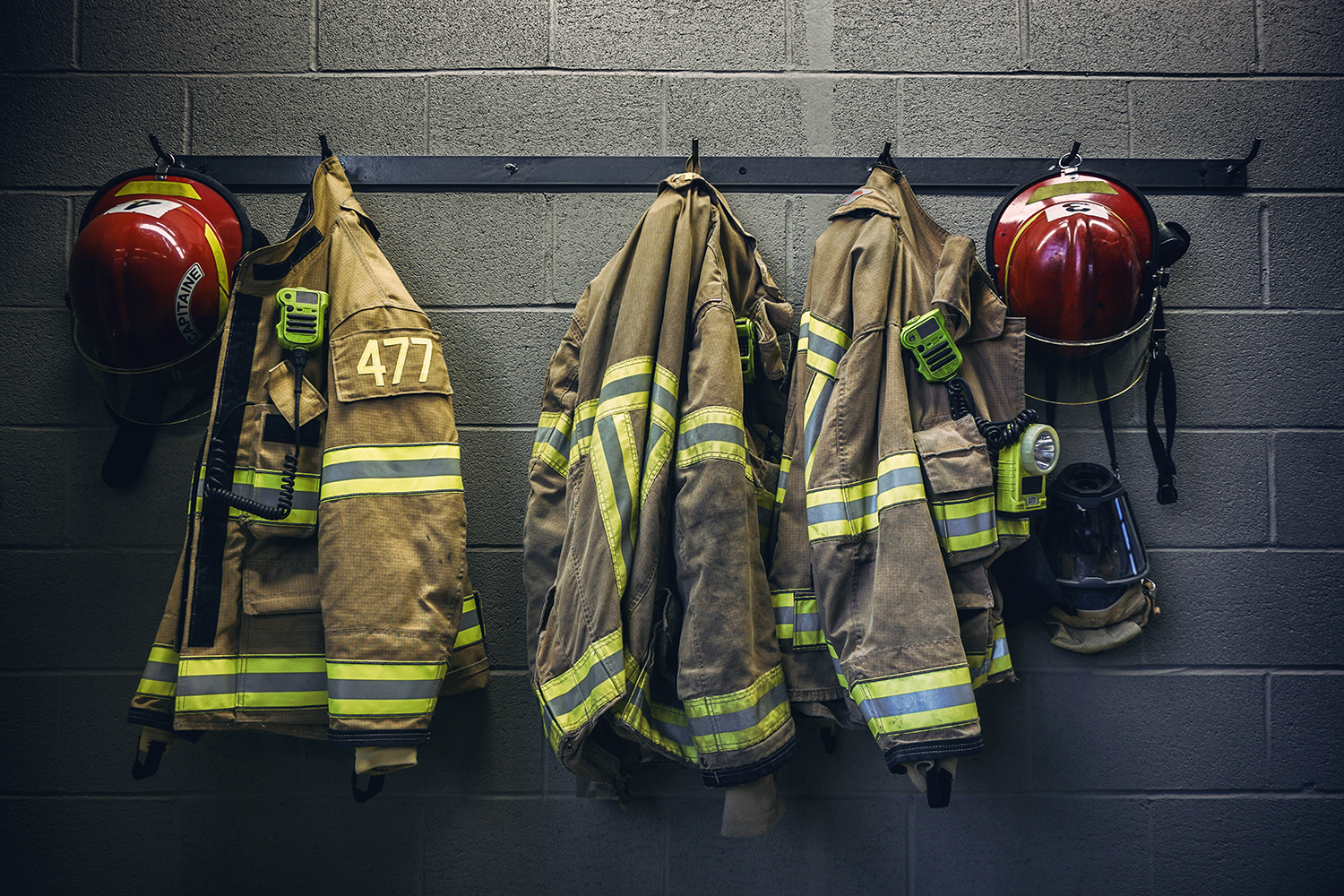FAQs
If I have an emergency, who should I call?
What should I do when a fire truck or ambulance approaches me while I am driving?
If any emergency vehicle approaches you with emergency lights and sirens on, CAUTIOUSLY PULL TO THE RIGHT, if safe to do so, and come to a stop. Emergency vehicles are trying to get to a scene as quickly as possible, while driving in a safe manner. Also, when approaching a stopped emergency vehicle, slow down and, if safe to do so, move to a lane of travel not adjacent to the stopped vehicle. Responders may be in the roadway helping others.
Why does a fire truck show up with the ambulance to an emergency medical incident?
Horry County 911 dispatchers send the nearest available cross-trained responder to every emergency incident.
You see HCFR emergency vehicles go by with lights and sirens, then turn them off and slow down. Why is this?
Why do so many HCFR emergency vehicles apparatus respond to simple incidents?
There may be multiple HCFR emergency vehicles at an emergency incident. Depending on the details of each specific call, we are well prepared for the worst-case scenario. We have a standard response plan for all incidents. This system is a pre-designated formula that determines the amount and type of equipment sent to an incident.
What is the difference between Horry County Fire Rescue and the volunteer rescue squads?
If I have an emergency, wouldn't it be quicker to call a fire station directly?
The 9-1-1 emergency system is designed to save valuable seconds. Our three priorities on an emergency calls are: life safety, incident stabilization and property conservation. When a caller dials 9-1-1, dispatch sends out appropriate resources. In some cases, it is not only the fire station closest to your home, but those also in surrounding stations.
Does Horry County Fire Rescue charge for their services?
It all depends on what services are rendered. There is usually no charge for fire suppression activities, though chemical spills and other hazardous cleanups can result in charges in special situations. Horry County Fire Rescue is funded by tax revenue; however, it is not enough to cover the entire cost of maintaining the service. Therefore, to offset the cost, Horry County charges a fee to customers utilizing medical services requiring transportation via ambulance.
How many incidents does the department respond to annually?
How can I protect my home from a wildfire?
To protect your home from wildfires, you must create a “safety zone” or “firebreak” by reducing the amount of dead or dying fuel (vegetation) around your home. This does not necessarily mean all vegetation should be removed. In fact, having properly trimmed and well-watered fire-resistant plants and trees at your home can serve as a firebreak. For more information, visit the South Carolina Forestry Commission.
What is a “Red Flag Alert”?
A Red Flag Alert is a wildfire danger warning issued by the South Carolina Forestry Commission. The Red Flag cautions that wildfire danger is increasing, and that outdoor burning could become difficult to control. A Red Flag Alert does not prohibit outdoor burning as long as all other state and local regulations are followed. When a Red Flag Alert is in effect, Horry County Fire Rescue will fly red flags from the station flagpoles and will issue a burning ban for all unincorporated communities in Horry County whenever the state issues a Red Flag Alert.
For regulation information on outdoor burning from SCFC click here and from DHEC here.
Click here to visit SC Forestry Commission.
After fire damage to my property, how do I obtain a fire report?
You can obtain a fire report at no charge from our Administration Office, located in the M.L. Brown Public Safety Building, 2560 North Main Street, Conway, SC 29526. For questions, please contact 843.915.5190
